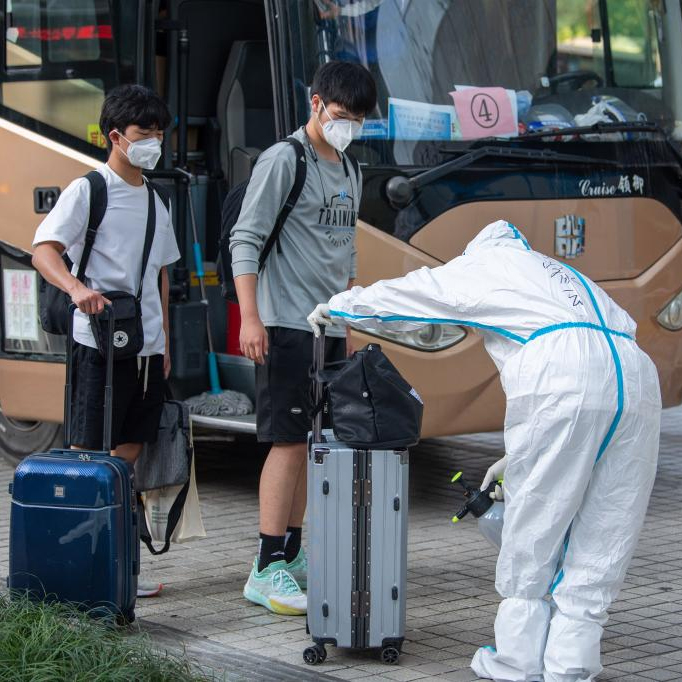
Mentre la Cina sta combattendo una nuova epidemia di COVID-19, l’aumento della percentuale di pazienti asintomatici nei casi di COVID-19 recentemente confermati ha sollevato interrogativi tra il pubblico. Rivisitiamo alcune informazioni importanti sui pazienti asintomatici COVID-19.
Q: Cos'è l'infezione asintomatica?
UN: Infezione asintomatica significa persone che non mostrano risultati anormali sulle loro scansioni TC polmonari e non hanno sintomi come la febbre, tosse o mal di gola, ma test positivo per il nuovo coronavirus.
Q: Qual è la differenza tra casi confermati e asintomatici?
UN: Solo quelli che mostrano sintomi o che hanno risultati anormali di scansione della TAC polmonare possono essere etichettati come casi confermati.
Q: I pazienti asintomatici possono infettare gli altri?
UN: Pazienti asintomatici, come quelli confermati, Può anche infettare gli altri. Le rotte di trasmissione confermate includono la trasmissione diretta, Trasmissione aerosol e trasmissione di contatto.
Q: Come trovare pazienti asintomatici?
UN: Esistono tre approcci per identificare i pazienti asintomatici: (1) Testare in modo proattivo stretti contatti di casi confermati durante il periodo di osservazione medica; (2) Testare in modo proattivo coloro che sono stati esposti al virus durante la traccia della fonte di infezione; E (3) Testare in modo proattivo popolazioni chiave come quelle che hanno viaggiato in regioni con trasmissioni Covid-19 in corso.
Q: Per quanto tempo i pazienti asintomatici devono essere messi in quarantena?
UN: I pazienti asintomatici di solito trascorrono in media una settimana in quarantena.
Questi individui subiscono test di acido nucleico una volta al giorno, Iniziare un giorno dopo che sono stati ammessi, e sono ammissibili alla dimissione in caso di risultati di due test, almeno preso 24 ore di distanza, restituire negativo.
Q: I pazienti asintomatici richiedono un trattamento medico speciale?
UN: Attualmente, I pazienti asintomatici non richiedono un trattamento medico speciale.
Fonte: Quotidiano cinese

















